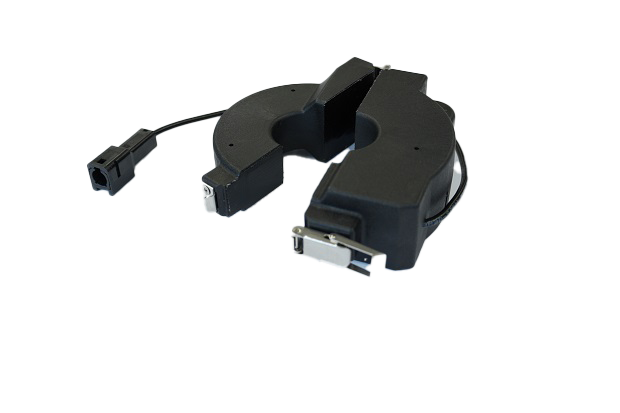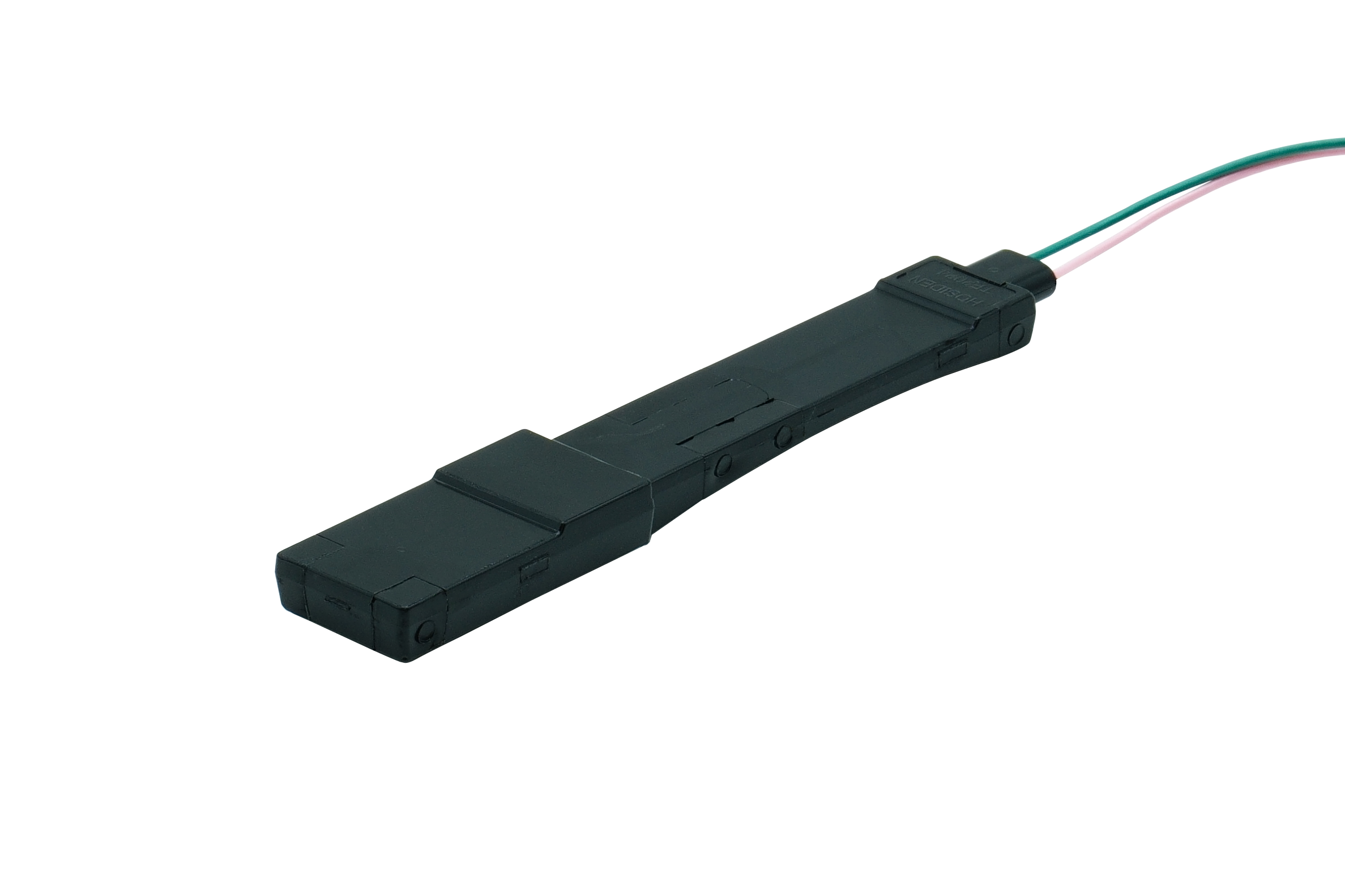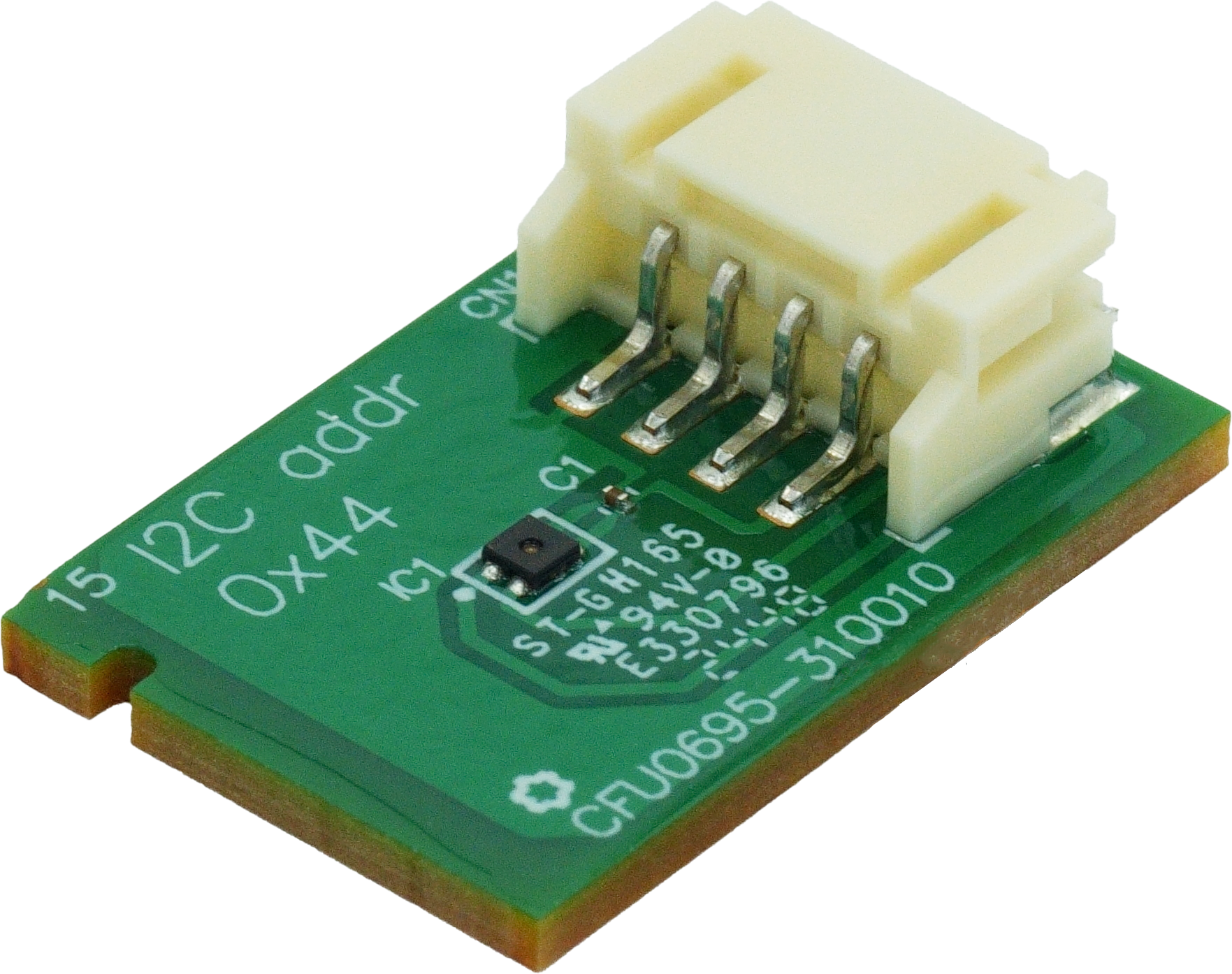新製品
New Product
Sample Development of Perovskite Solar Cells
[Overview and Design Intentions]
Climate change is currently an imminent global issue, and switching from using fossil fuels to renewable energy is one major countermeasure. Solar power has been attracting attention as a progressive option for such renewable energy. Still, it has some challenges and dilemmas for us in Japan; crystal silicon used as the source of its power generation depends on the mineral resources outside Japan, and its manufacturing process, including refinement at super-high temperatures exceeding 1000ºC consumes enormous amounts of electricity, resulting in excessive CO2 generation.
Perovskite solar cells, on the other hand, can be manufactured with less reliance on imported materials as the principal constituents do not depend on hard-to-obtain specific minerals. Also, they can be manufactured using relatively low temperature processes of 200 ºC or less. Thus, the reduced power consumption during manufacture can greatly reduce CO2 emissions. This is why Japanese society as well as the government (METI) has been proceeding to develop and implement this technology in Japan, as a last resort and a truly environmentally sound countermeasure.
Hosiden has long been developing display products. Displays, as well as solar power, use photoelectric conversion elements to convert between light and electrical energy. Also, there are strong similarities in principles, structure and processing between the two. From such a background, Hosiden has committed to Perovskite solar cell manufacture as a new business venture.
So far we have had many inquiries, and in the meantime we have been planning our business strategy for sustainable commercialization. The major feature of Perovskite solar cells is, beyond their environmental advantages, is their technical superiority. They are light in weight and mechanically flexible compared to conventional solar cells. This will allow expansion into new areas of application which were not possible or imagined before. Also, compared to crystal silicon which has strong sensitivity in the infrared, Perovskite solar cells have uniquely suitable light sensitivity, such as increased sensitivity across the spectrum of visible light. Accordingly, for indoor lighting, they have shown conversion ratios exceeding that of silicon.
Leveraging its potential and by setting up a business base as soon as possible, Hosiden has been pursuing applications of these solar cells as a power source for IoT devices and smartphones. Now, we provide our strategic partners who aim to incorporate the solar cells into equipment for indoor use, with our principle prototypes for series production, while we move on to development for mass production. For the customers to commence a smoother development process, we are also developing parasitic power modules including secondary cells into which sensors or Bluetooth communication modules can be incorporated. We are aiming for these modules to be released in summer 2023, with sample development for mass production from the latter half of 2023, and then full mass production in the latter half of 2024.
End of Document




